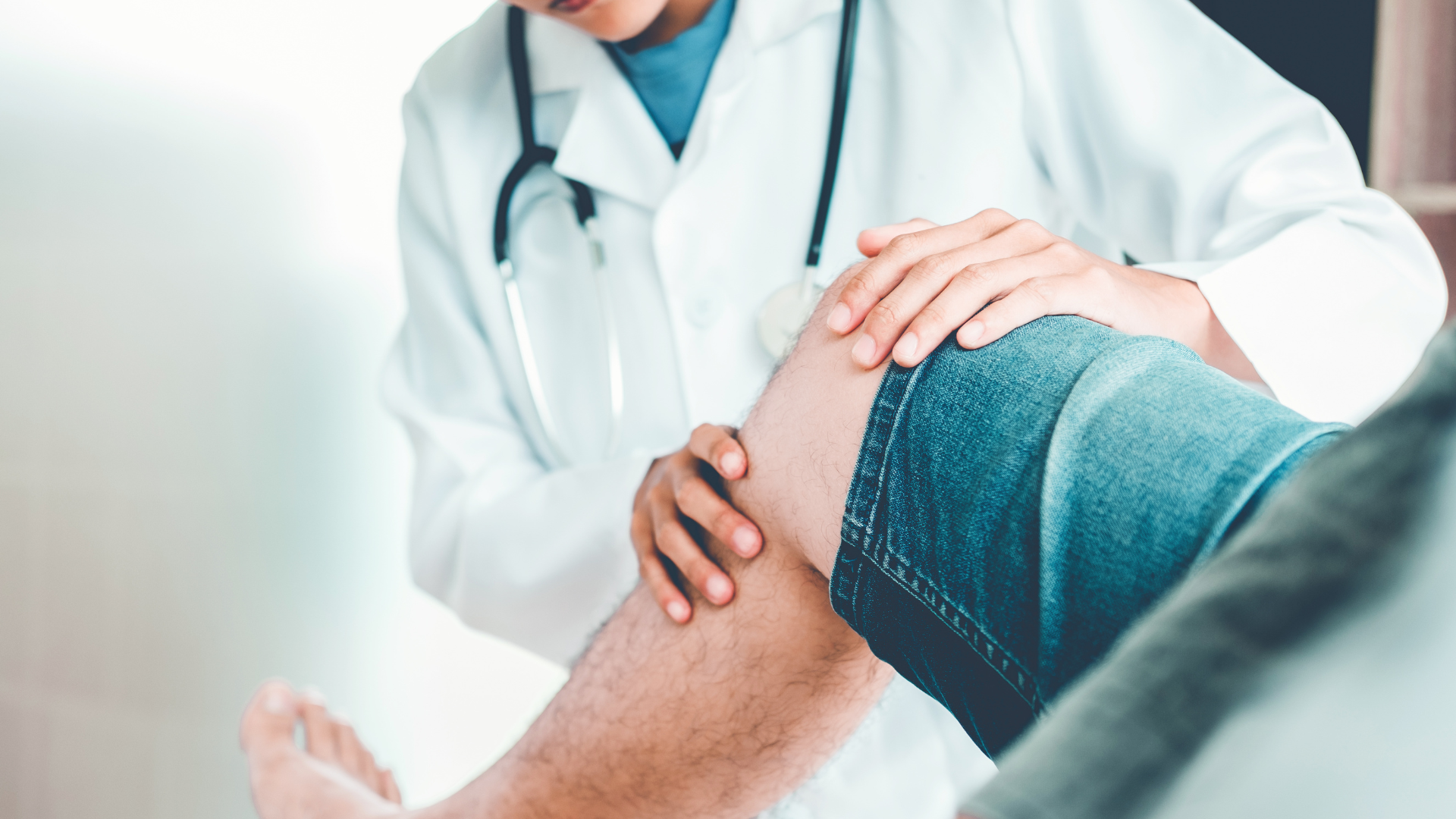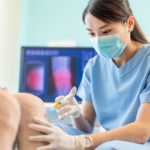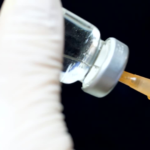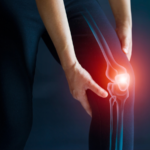
According to Hyalgan’s clinical study, 88% of Hyalgan-treated patients reported impressive improvement in the effectiveness of repeat therapy. They conducted repeat therapies for five cycles of five injections each at 30 months to achieve reduced pain. This study underscores the efficiency of Hyalgan knee injections in targeting osteoarthritis among individuals.
Hyalgan knee injections provide a minimally invasive solution for those with mild to moderate knee osteoarthritis. The non-surgical nature of this treatment presents a lower risk of infection or complications, making it a viable option for many patients. Although side effects may occur post-treatment, with appropriate medical guidance, Hyalgan injections are both safe and effective.
This article will delve into Hyalgan knee injections, their potential side effects and adverse reactions, and the proper management of these symptoms.
Key Takeaways
- Hyalgan may be generally safe for most individuals, but patients must expect temporary, mild to moderate side effects like pain at the injection site and swelling.
- Hyalgan’s clinical study recorded several adverse events that occurred to patients after the injection therapy, such as headache, bruising, itching, etc.
- Risk factors for adverse reactions to Hyalgan knee injection include allergies to hyaluronic acid or any component of the injection and skin infection in the affected area.
- Regular appointments allow healthcare providers to evaluate the patient’s progress and make necessary adjustments to the treatment plan.
Common Side Effects of Hyalgan Injections

Patients who have undergone medical and aesthetic treatments can expect side effects to occur after treatment. Hyalgan may be generally safe for most individuals, but patients must expect temporary, mild to moderate side effects. Patients may ask their medical professionals for tips to manage these after-treatment symptoms.
- Pain at the Injection Site: Hyalgan injections can cause discomfort at the administration site. This pain may usually be mild and subside as the body adjusts to the treatment. Pain at the site is a common side effect and typically does not indicate severe complications.
- Swelling and Erythema: Patients may experience swelling or redness in the treated joint. This naturally occurs due to the body’s natural inflammatory response to the Hyalgan knee injection. These symptoms are typically transient and can resolve over time.
- Joint Effusion: Increased fluid in the joint may be a side effect of Hyalgan injections. This can cause the joint to feel tight or swollen. Despite its discomfort, it’s usually a temporary reaction to the treatment.
Hyalgan injection reviews in their clinical studies showed patients’ satisfaction with the pain relief that the five-injection therapy offered. A US clinical trial recorded several adverse events that occurred to patients after the injection therapy and placebo. Individuals should promptly contact their doctor for action if these symptoms occur.
- Injection Site Pain: Discomfort or pain where the Hyalgan injections were administered.
- Gastrointestinal Complaints: Symptoms of the digestive system such as nausea, upset stomach, etc.
- Headache: A continuous pain in the head
- Local Ecchymosis (Bruising) and Rash: Skin discoloration may result from bleeding underneath, usually caused by bruising. A noticeable change in the skin’s texture or color may also occur.
- Local Joint Pain and Swelling: Patients may also deal with severe pain and swelling at the injection site.
- Local Pruritus (Itching): An uncomfortable sensation leading to the desire to scratch the injection area.
- Hypersensitivity Reactions: Hyalgan injections can cause hypersensitivity reactions in some individuals. Symptoms include skin rash, hives, difficulty breathing, and swelling in other parts of the face.
Recognizing and Managing Adverse Reactions
Adverse reactions to Hyalgan injections may range from mild to severe. Patient knowledge can help individuals identify the symptoms that occur after treatment. It’s worth noting that recognizing these reactions early and seeking immediate medical attention is crucial for effective management.
Risk factors for adverse reactions to Hyalgan knee injection include allergies to hyaluronic acid or any component of the injection. Moreover, pre-existing skin or joint injections at the administration site can also be a risk factor. These individuals must discuss them with their healthcare provider before receiving the treatment.
While adverse checker events may be rare after Hyalgan knee injection treatment, patients can also remember preventive measures to minimize the risk of these reactions.
- Avoid Physical Activities
- Follow a Physical Therapy Regimen
- Thorough Consultation with a Medical Professional
Medical professionals can help individuals manage serious side effects after Hyalgan treatment. Patients and these professionals should know the strategies for managing adverse reactions in clinical practice.
- Monitoring: Patients and medical professionals must communicate closely to monitor the treatment progress and signs of adverse reactions. The experts can provide clear instructions on what to do if an adverse reaction occurs.
- Patient Knowledge: Medical professionals should ensure patients understand the potential risks and benefits of Hyalgan therapy. This way, patients can recognize an adverse reaction and seek medical attention promptly when symptoms occur.
- Regular Follow-ups: Healthcare providers may require individuals to regularly visit the clinic for follow-ups. This approach can help in the early detection and management of adverse reactions.
Patient Monitoring and Follow-Up Care

Patients should be closely monitored after Hyalgan injections to assess the treatment’s effectiveness and detect any adverse reactions. Regular appointments allow healthcare providers to evaluate the patient’s progress and make necessary adjustments to the treatment plan.
Adverse reactions to Hyalgan can range from mild to severe, like joint pain or hypersensitivity reactions. Healthcare providers should monitor patients for these reactions and provide proper management strategies. Moreover, they can also help assess if it’s time for a repeat treatment or dosing adjustments.
Medical professionals must educate patients about the risks and benefits of Hyalgan treatment. Patients should seek immediate medical action if they experience severe side effects after the treatment. This prevents their condition and overall health from worsening over time. Healthcare providers will know the best thing to address these symptoms.
Conclusion
Hyalgan knee injections can effectively address knee osteoarthritis symptoms, but they also have common side effects after treatment. These side effects may range from common symptoms like pain at the injection site or swelling to adverse reactions like hypersensitivity or gastrointestinal complaints. Recognizing these adverse effects is vital for effective management.
Patient monitoring and follow-up care are essential components of the treatment plan. Regular appointments allow healthcare providers to assess the patient’s progress and response to the therapy to detect ant severe reactions promptly. Individuals may opt for Hyalgan knee injections for osteoarthritis with medical professionals’ proper care, monitoring, and patient-centric approach.
References
- Clinical Studies – Hyalgan for Healthcare Professionals. (n.d.-b). Hyalgan for Healthcare Professionals. https://hcp.hyalgan.com/hcp/clinical-studies/
- HYALGAN(R) 510(k) FDA Approval. (n.d.). fda.report; Food and Drug Administration. https://fda.report/PMA/P950027
About: Medica Depot is your trusted all-in-one supplier, offering a range of high-quality medical injectables and supplies. If you’re looking to buy Hyalgan wholesale, you can do so on Medica Depot quickly and easily. We offer a worry-free experience in searching for the best and most popular products on the market. Whether for health professionals, plastic surgeons, dermatologists, licensed estheticians, or other specialists, we can offer genuine, brand-name products you may need. With Medica Depot, we prioritize serving you better to improve the patient’s quality of life.
Buy aesthetic products refers to the act of purchasing items that are specifically designed for enhancing or maintaining beauty, often related to skincare, cosmetics, or procedures in the field of aesthetics. These products can include a wide range of items intended to improve the appearance and health of the skin, hair, and body. Here are some examples of aesthetic products that individuals might purchase:
-
Skincare Products: Including cleansers, moisturizers, serums, and treatments targeting specific skin concerns such as acne, aging, hyperpigmentation, and sensitivity.
-
Cosmetics: Makeup products such as foundations, concealers, eyeliners, lipsticks, and eyeshadows designed to enhance facial features and achieve desired looks.
-
Hair Care Products: Shampoos, conditioners, styling products, and treatments to maintain and improve the health and appearance of hair.
-
Dermatological Treatments: Prescription or over-the-counter treatments for medical conditions like acne, eczema, psoriasis, or rosacea.
-
Aesthetic Devices: Equipment used for professional treatments including laser devices, microneedling pens, radiofrequency devices, and IPL (Intense Pulsed Light) machines.
-
Injectable Aesthetics: Products such as dermal fillers and botulinum toxin (Botox) used to enhance facial contours, reduce wrinkles, and achieve smoother skin.
-
Nutritional Supplements: Supplements aimed at promoting skin health, hair growth, and overall well-being, often containing vitamins, minerals, and antioxidants.
-
Home Use Beauty Devices: Devices like facial cleansing brushes, LED light therapy masks, and microcurrent devices designed for at-home skincare treatments.






